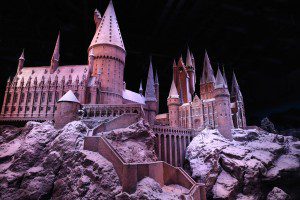
The Harry Potter London Tour Review at Warner Brothers Studio
If you like Harry Potter and you’re going to London you pretty much have no choice but to do the Harry Potter London Tour at Warner Brothers Studio. From strolling

If you like Harry Potter and you’re going to London you pretty much have no choice but to do the Harry Potter London Tour at Warner Brothers Studio. From strolling
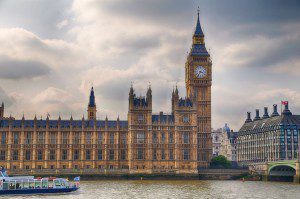
If you’re coming to London it’s really hard not to be a tourist for at least a day or two. Even after spending months and months living there, I still
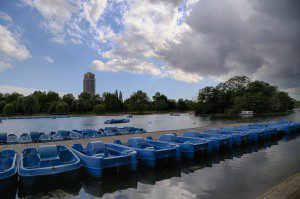
The trend-setting Serpentine Hyde Park is one of the best places in the charming city of London to catch a break and relax. One of the fun things to do

Location: B Here’s the thing, if you’re wanting to be within walking distance of City Centre in Oxford this is not the hotel for you. It will take about 10

When I’m standing in front of the bright yellow painting of Sunflowers at the National Gallery, among a herd of other tourists jockeying for position in front of me with
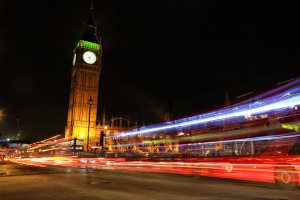
London is one of the funnest cities to photograph for me. It reminds me of New York City in that it seems like at every corner you come across there’s
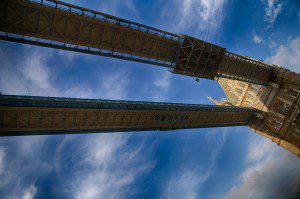
Last weekend Brad and I ventured to one of London’s newest tourist attractions: the glass floor walkway at the Tower Bridge Exhibition. Overall, it was a fun experience and for the

So you’re wondering whether you should take a Taxi, Tube, or other express train to get from Heathrow to central London. Here’s a quick answer to your question: I recommend the

American football is by far my favorite sport to watch, especially live. I’ve been to over 30 college football games over the past few years but never once had I made

The British Museum is often considered one of the top things to do in London. That should come to no surprise as the museum is free to enter and holds
| Cookie | Duration | Description |
|---|---|---|
| cookielawinfo-checkbox-analytics | 11 months | This cookie is set by GDPR Cookie Consent plugin. The cookie is used to store the user consent for the cookies in the category "Analytics". |
| cookielawinfo-checkbox-functional | 11 months | The cookie is set by GDPR cookie consent to record the user consent for the cookies in the category "Functional". |
| cookielawinfo-checkbox-necessary | 11 months | This cookie is set by GDPR Cookie Consent plugin. The cookies is used to store the user consent for the cookies in the category "Necessary". |
| cookielawinfo-checkbox-others | 11 months | This cookie is set by GDPR Cookie Consent plugin. The cookie is used to store the user consent for the cookies in the category "Other. |
| cookielawinfo-checkbox-performance | 11 months | This cookie is set by GDPR Cookie Consent plugin. The cookie is used to store the user consent for the cookies in the category "Performance". |
| viewed_cookie_policy | 11 months | The cookie is set by the GDPR Cookie Consent plugin and is used to store whether or not user has consented to the use of cookies. It does not store any personal data. |
